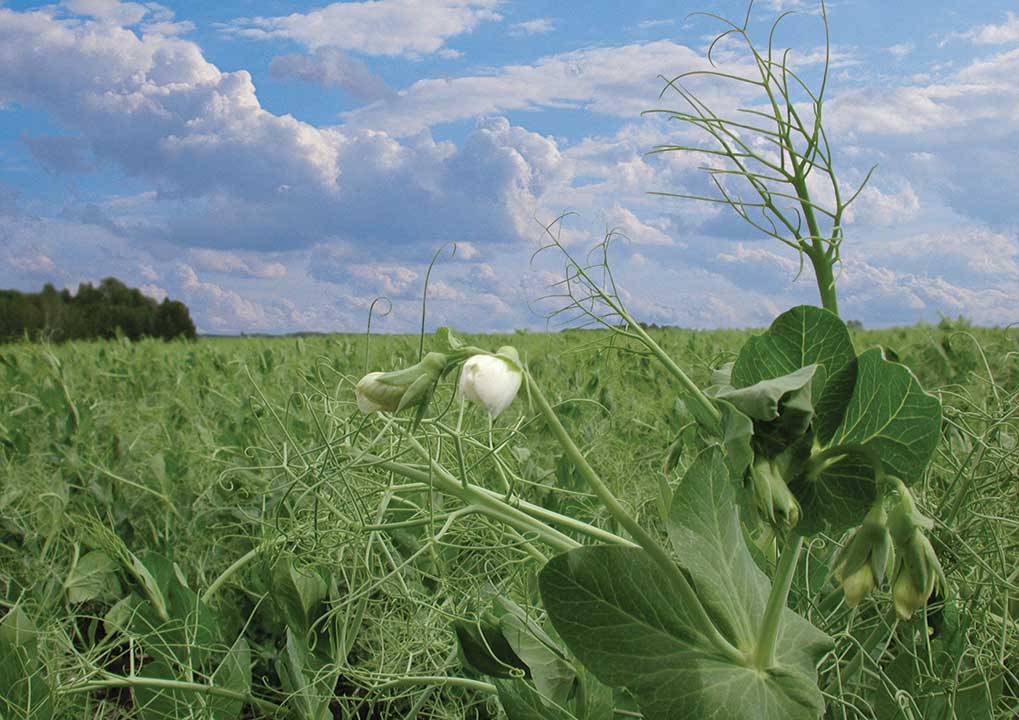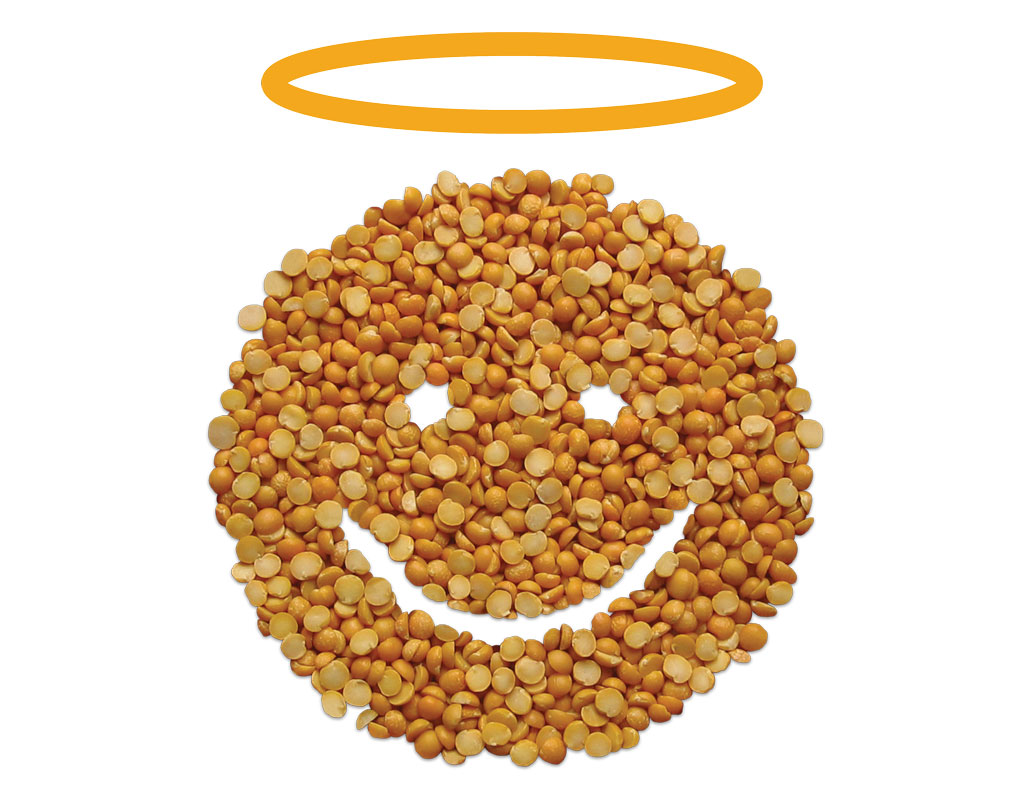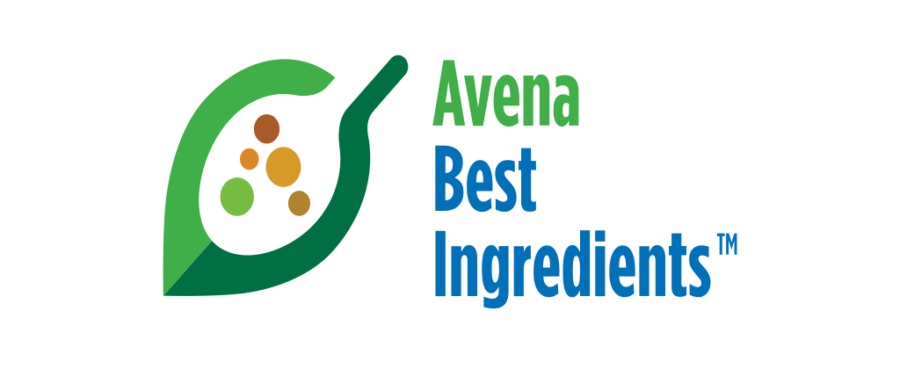Gluten-Free and Organic Pulse Ingredients
Good for you
Pulses are the edible seeds of legumes (plants with a pod), including dry beans, chickpeas, lentils and peas. The name pulse is derived from the Latin puls, meaning thick soup or potage.
Pulses are nutrient-dense complex carbohydrates – high in protein, fiber and micronutrients like iron, calcium, potassium, zinc, vitamin C, vitamin B and folate, yet low in fat. The nutrients of the pulse ingredients provide for a low glycemic index.
Including gluten-free and organic pulse ingredients in your diet can have health benefits such as reductions in markers for cardiovascular disease1, decreases in insulin levels and improved insulin resistance and improved weight management through increased satiety2,3,5. Pulses are also prebiotic4 with the potential for an improved gut microbiome.



